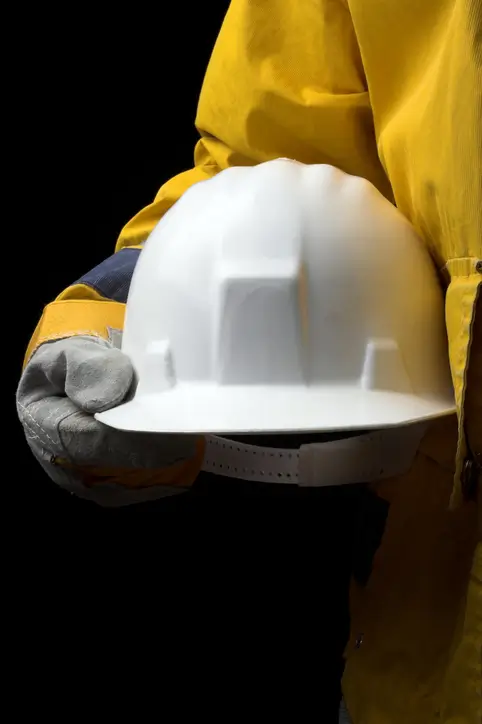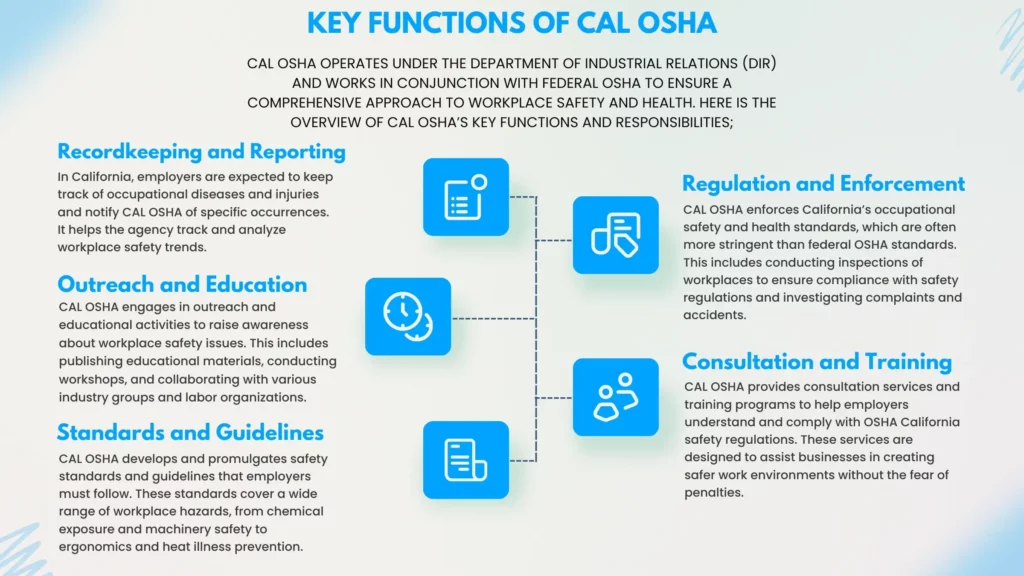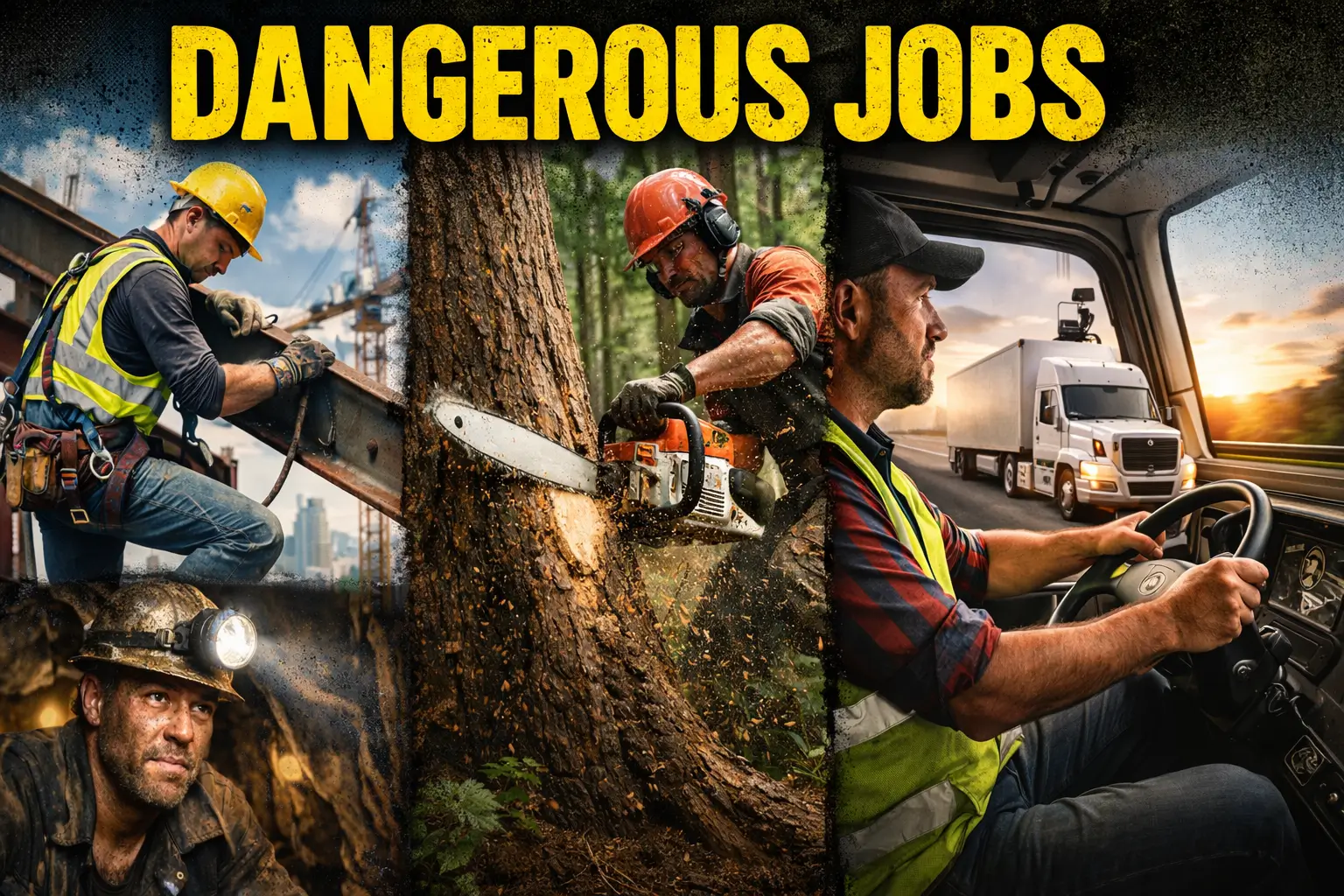
Safety is important for everyone. A safe nation is one that will prioritize safety at every level, from individual to workplace to national policies. From stringent safety regulations in industries to comprehensive public safety initiatives, a commitment to safety surely reflects a nation’s dedication to preserving human life and protecting them from injuries.
1971
We all know that the Occupational Safety and Health Administration (OSHA) is a federal agency established in 1971 under the Occupational Safety and Health Act. Its primary mission is to ensure safe and healthy working conditions for workers by setting and enforcing standards and providing training, outreach, education, and assistance. However, OSHA operates under the United States Department of Labor and is responsible for regulating workplace safety across the nation.
But, the thing is OSHA’s jurisdiction is divided into several regions, each with its own specific focus areas and enforcement strategies. One notable division is CAL OSHA, the agency’s dedicated branch for the state of California. This guide is created to give comprehensive information about CAL OSHA, its history, function, and more. Let’s get started!
What Does CAL OSHA Stand For?
1973
CAL OSHA, or the California Division of Occupational Safety and Health, is a state agency responsible for enforcing workplace safety and health regulations in California. CAL OSHA was founded in 1973 and its primary mission is to ensure that employers provide safe and healthy working conditions to their employees. However, these standards are frequently more strict than those imposed by federal OSHA. California’s innovative approach to labor matters and its dedication to upholding strict standards of health and safety are reflected in this increased focus on worker safety.
History and Evolution of CAL OSHA

1970s
The Occupational Safety and Health Act of the federal government encouraged states to create their own safety programs in the early 1970s, which is when CAL OSHA first got its start. In response, California moved quickly to establish CAL OSHA in order to make sure that the special requirements and difficulties faced by its varied workforce were sufficiently taken care of.
However, California opted to create its own state program, which had to be at least as effective as the federal OSHA program. Over the decades, CAL OSHA has evolved to address new challenges and emerging industries, reflecting changes in the economy and technology.

Over the years, CAL OSHA has expanded its purview to include a wide range of industries, including manufacturing, healthcare, and agriculture. Each of these areas has its own set of laws designed to reduce the particular dangers that come with them.

State OSHA vs Federal OSHA: The Difference
OSHA sets workplace safety standards, but some states operate their own OSHA-approved plans. Federal OSHA covers private-sector employees in states without a state plan, while state OSHA plans enforce their own regulations, often covering public-sector workers as well. State plans must be at least as effective as federal OSHA but can implement stricter safety requirements. Federal OSHA handles enforcement in non-state-plan areas, while state OSHA manages adherence in its jurisdiction.
Does OSHA 10 & 30 Training Work In California?
In California, both the OSHA 10 and OSHA 30 training programs, which are provided by federal OSHA, are accepted. These courses are designed to educate workers and supervisors about workplace safety and are widely recognized across various industries. While federal OSHA offers these general courses, Cal OSHA, the state’s safety division, also provides its own training programs tailored to CAL OSHA regulations and safety standards.

Although the general OSHA courses are accepted, workers and supervisors may benefit from taking Cal OSHA’s courses as well, as they may offer additional insights and adherence information relevant to California’s stricter regulations.
OSHA
For instance, Cal OSHA’s courses may include California OSHA requirements and guidelines, particularly beneficial for those working in industries like construction. It’s essential for employers and workers in California to consider both federal OSHA and Cal OSHA training programs to ensure comprehensive coverage of all relevant safety standards. By doing so, they can better equip themselves with the knowledge needed to navigate both federal and state regulations effectively and contribute to a safer working environment for all.
Conclusion
Cal OSHA plays a vital role in ensuring workplace safety within California, going beyond the standards set by federal OSHA to address the unique challenges faced by workers in the state. Through its rigorous enforcement, training programs, and proactive safety initiatives, Cal OSHA strives to create safer working environments across a diverse range of industries.
While the general OSHA 10 and OSHA 30 training courses are accepted in California, incorporating Cal OSHA-specific training can further enhance adherence and safety awareness. Employers and workers alike benefit from the comprehensive resources provided by both federal and state safety programs, ultimately contributing to a healthier, safer workforce.










